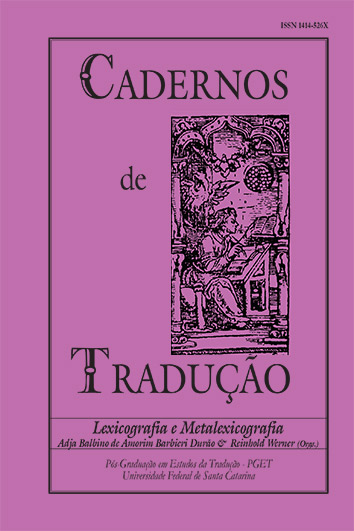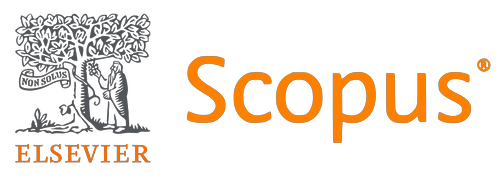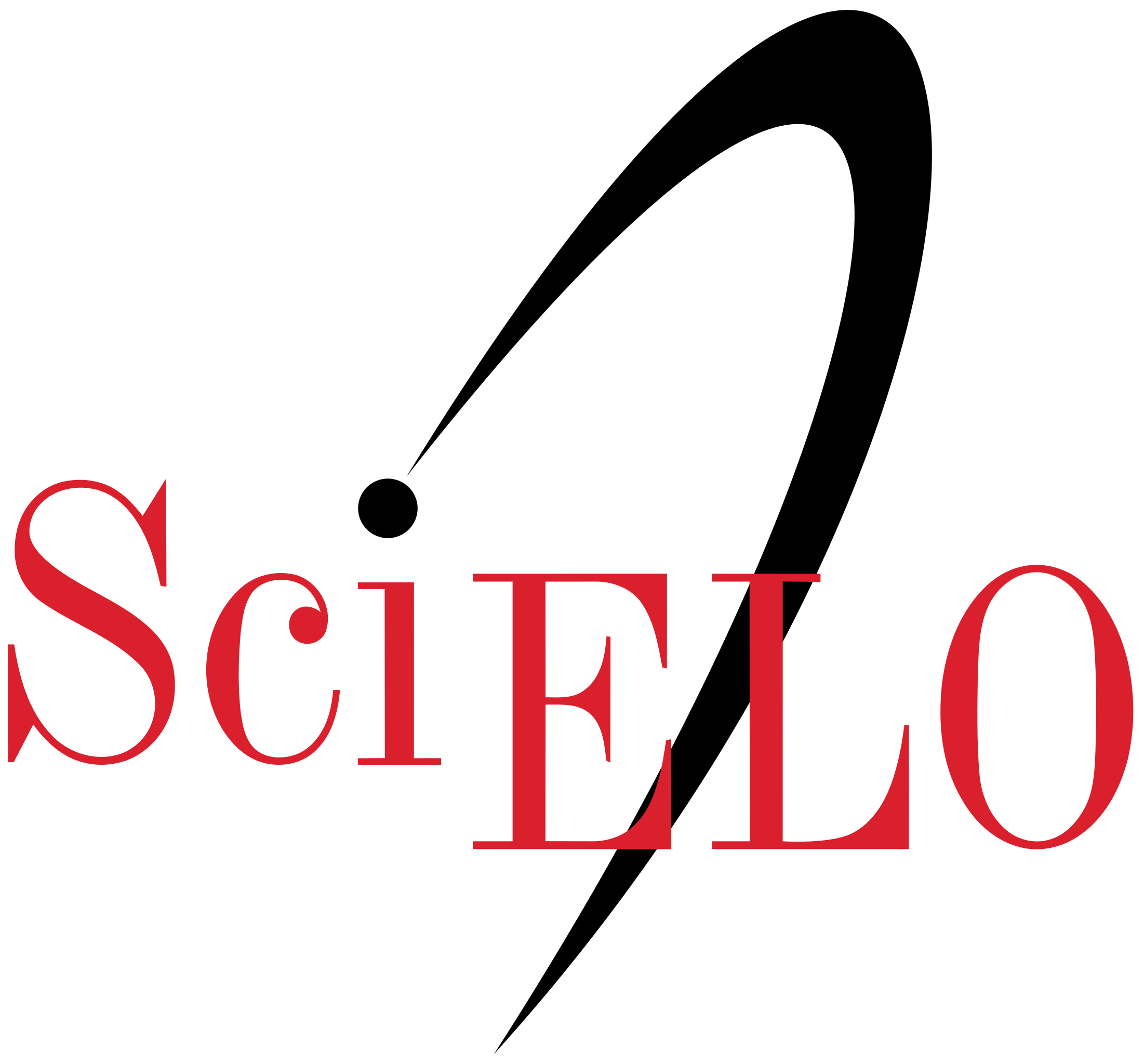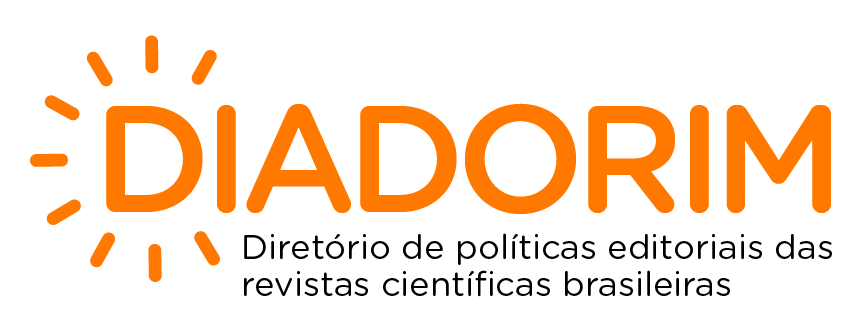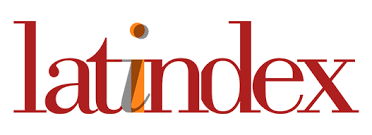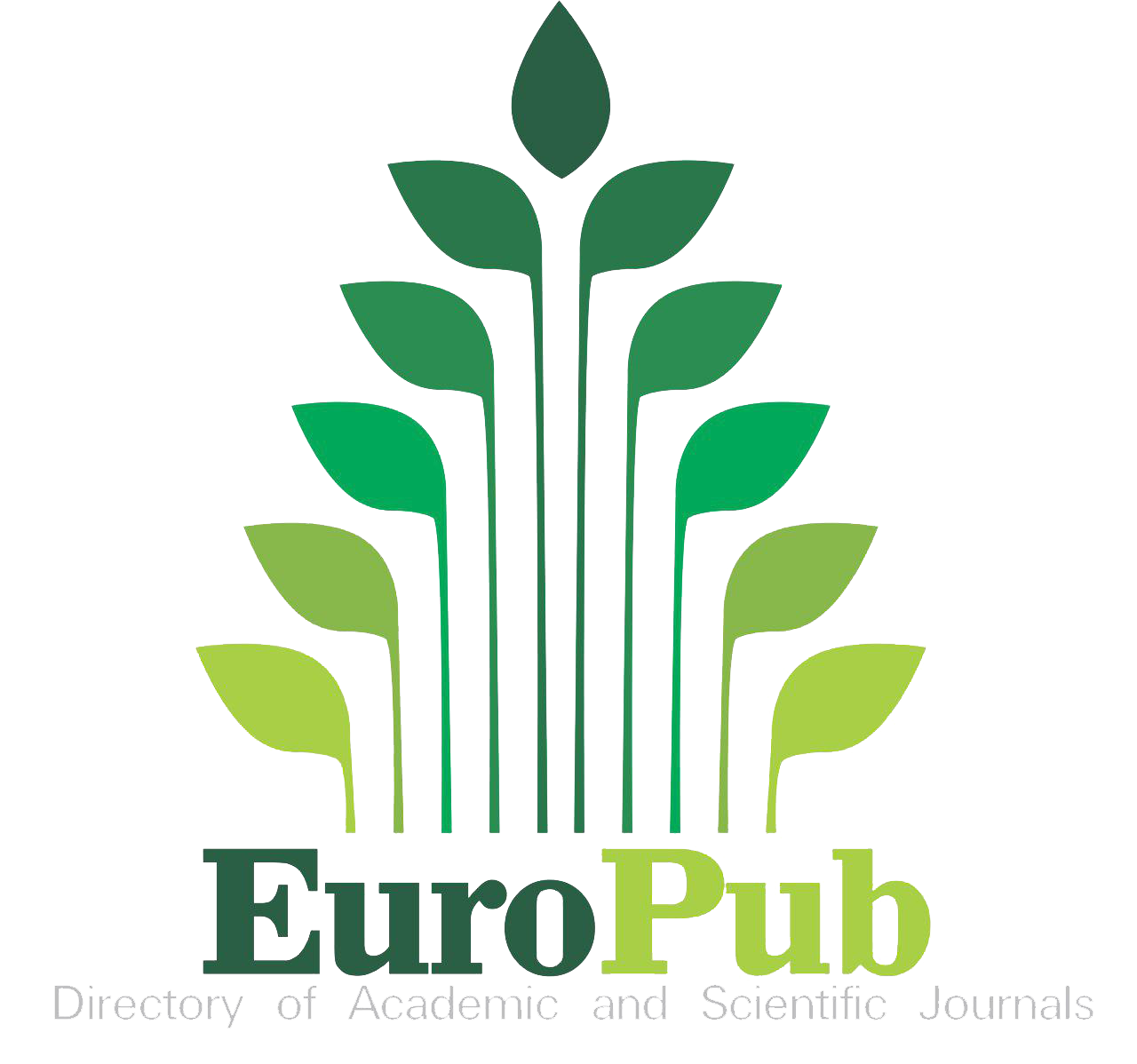O dictionnaire suisse romand e a lexicografia diferencial
DOI:
https://doi.org/10.5007/2175-7968.2013v2n32p57Resumo
A noção de lexicografia diferencial está pouco difundida fora da francofonia. O objetivo do presente trabalho é apresentar as peculiaridades da lexicografia diferencial através do Dictionnairesuisseromande (DSR). Baseado em considerações teóricas de Coseriu, Völker ou Glessgen, nós admitimos que a variação faz parte do sistema. Em lexicografia, cabe verificar como as variações (diatópica, diacrónica...) se articulam em volta de um nível linguístico chamado não marcado. A variante normalizada do francês, o français standard, foi elaborada essencialmente pelos grammairiens do século XVII, como Vaugelas ou Bouhours, por exemplo. Na lexicografia francófona, que verdadeiramente apareceu com os dicionários de Richelet (1680) e Furetière (1690), o français standard continua a referência, mas em muitos dicionários, o français standard, embora supranacional, é explicado em função do uso da França. É nesse contexto que aparece a metodologia da lexicografia diferencial. A noção de diferencial se manifesta na seleção da nomenclatura, pois são apresentados no dicionário apenas os lexemas com uso divergente em comparação com dicionários gerais que fornecem um francês de referência, mas não a norma. Em resumo, o DSR consagra uma norma regional, ou subnorma, correspondendo às peculiaridades do francês suíço. Outras obras diferenciais corroboram essa observação: o francês se compõe de um français standard e de normas regionais descritas pela lexicografia diferencial – situação diferente daquela do português, para o qual existe uma norma culta brasileira e uma norma culta de Portugal
Downloads
Publicado
Como Citar
Edição
Seção
Licença
Autores têm autorização para assumir contratos adicionais separadamente, para distribuição não exclusiva da versão do trabalho publicada nesta revista (ex.: publicar em repositório institucional ou como capítulo de livro, com reconhecimento de autoria e publicação inicial nesta revista).

